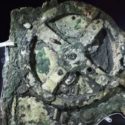“Alien Life-Form” Discovered Within Sri Lankan Meteorite?
A few years ago, it was revealed that a small meteorite discovered within Sri Lanka might in all possibility contain the fossilized remains of legitimate alien life.
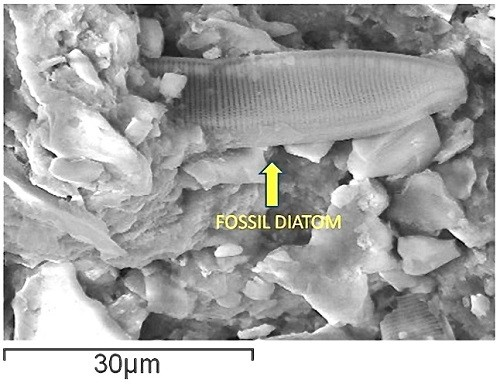
Fossils of animals originate from a very different place within our vast universe to anything we have ever witnessed. Minutes after a giant fireball was seen by several people over Sri Lanka on December 29, 2012, a large meteorite disintegrated in the sky, falling into the village of Araganwila.
The retrieved meteorite was then sent for studies at the Buckingham Centre for Astrobiology and Cardiff University, both within the UK. It has since been noted that the general characteristics of the meteorite bear a striking similarity to those that fell over Denmark on January 17, 2009.
This meteorite was identified as an extinct cometary fragment within the Taurid complex. It has thus been associated with the comet “Encke.”
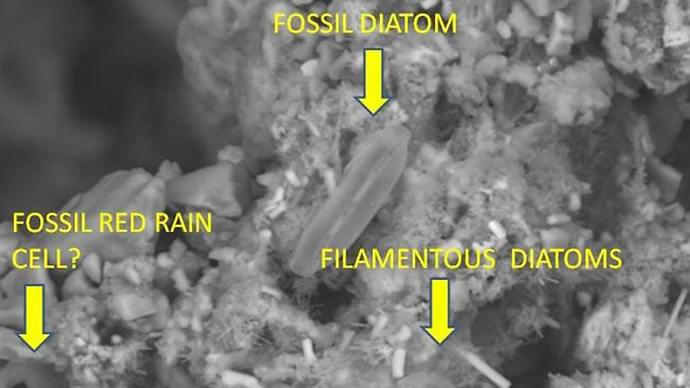
In the early part of this century, it was declared that the fossils found within the center of the meteorite did indeed appear to be authentic remnants of the first alien life, officially discovered here on earth.
However, predictably, the investigations were stonewalled by skeptics, stating that the fossils were nothing but mere contamination, which had occurred here on earth.
Since then, although public interest has fizzled out, a tremendous amount of research has been undertaken in an attempt to establish the fossil’s true origins and ultimate authenticity. This research has resulted in a detailed report reviewed and published within the Journal of Cosmology, with an opening statement as follows:
We report the first time of diatom frustules in a carbonaceous meteorite that fell in the North Central Province of Sri Lanka on December 29, 2012. Roughly translated, this means that we have officially discovered fossilized alien life.
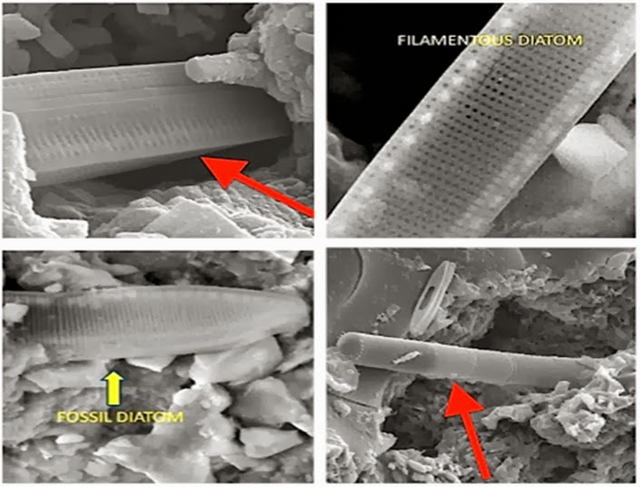
It continues; The circumstance excludes contamination that the elements within the structures match closely with those of the surrounding matrix.
There is also evidence of structures morphologically similar to red rain cells, which may have contributed to the episode of red rain that followed in the days after the meteorite’s entry. The new data on fossil diatoms provide strong evidence to support the theory of cometary panspermia. End quote.
Panspermia is the theory that life is spread throughout the universe upon meteorites. Mass catastrophe occurs upon a prosperous life planet, the event, sending fragments of the earth, each containing the seeds of life deep into space.
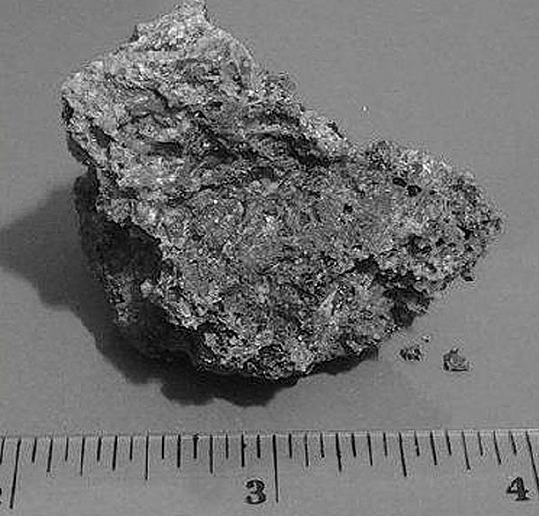
These seeds then float across space. Like a seed from a tree caught on the breeze, some may be lucky enough to land in a location capable of sustaining them, thus spreading life throughout the cosmos.
It is a theory relative to the spread of life, seen from seeds on the wind. Reports of microfossil discoveries in meteorites have a long and complicated history…
Early claims of microfossils in carbonaceous meteorites by Claus and Nagy in 1961 were quickly dismissed as contaminants. Pollen grains were often mistakenly attributed to microfossils. However, this new study, and the evidence thereof, is now undeniable.
And although these tiny creatures are so small, they cannot be seen by the naked eye. They harbor the power to impact all of our perceptions about our universe in a profound way. They will inevitably shape our earth and accept the fact that we are, officially, not alone.


